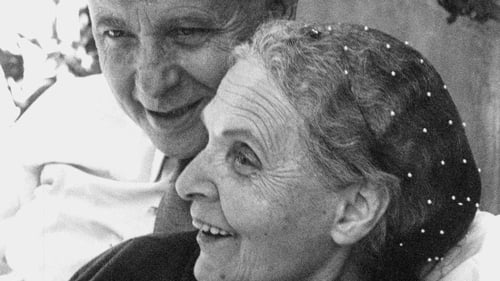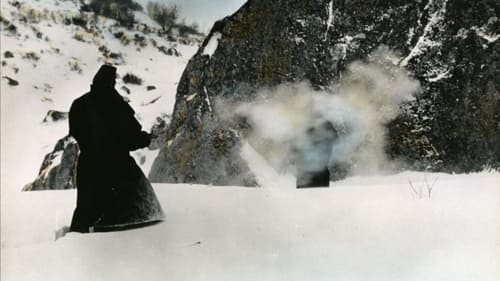
Sound
Imagens e poemas do famoso casal Louis Aragon e Elsa Triolet. A juventude de Elsa recordada por Aragon, com comentários dela.

Sound
A policeman and a serial killer play cat and mouse in an isolated mountain village in Nineteenth century France. The second film directed by the man who played the admirable lead role in Robert Bresson's A Man Escaped is a stylized and intense adaptation of a novel by Jean Giono. This police investigation in a 19th century village combines visual beauty with the rigor of the mise-en-scène—the vertigo of the criminal motivations indivisible from the refined graphics of the images.

Sound Mixer
Olivier, a handsome but callow and moody young student, picks up an enthusiastic actress during a theatre rehearsal, and is introduced to her acquaintances -- a group of jaded rich kids who spend their time storming around the Riviera harassing passersby, throwing wild parties and following all the latest trends. When sexy Elke gives him the eye, he leaves the actress in the lurch and joins the gang for a decadent party aboard a yacht. However, Elke's wanton ways and Olivier's inexperience do not mesh, and in a snit, he accidentally sets the yacht afire. The gang wreaks its vengeance by luring him into a dangerous contest of bravura on a construction site.

Sound Engineer
Rendez-Vous a Melbourne is the official filmed record of the 1956 Olympic Games in Australia. At the time of its release, there was much controversy in the documentary-filmmaking world over the fact that the Aussies signed over exclusive distribution rights to a French firm, resulting in a boycott from other movie companies. None of this matters when the film is seen today: though not in the same league as Leni Reifenstahl's Olympiad, this 110-minute extravaganza is consistently entertaining. Fifteen cameras were utilized to lens every aspect of the event; it was then up to editors Jean Dudrumet and Monique Lacombe to burrow through miles and miles of film to cull the highlights seen herein. Portions of Rendez-Vous a Melbourne have since resurfaced in practically every Olympics documentary -- not to mention the many TV specials attending the now-biannual event.



